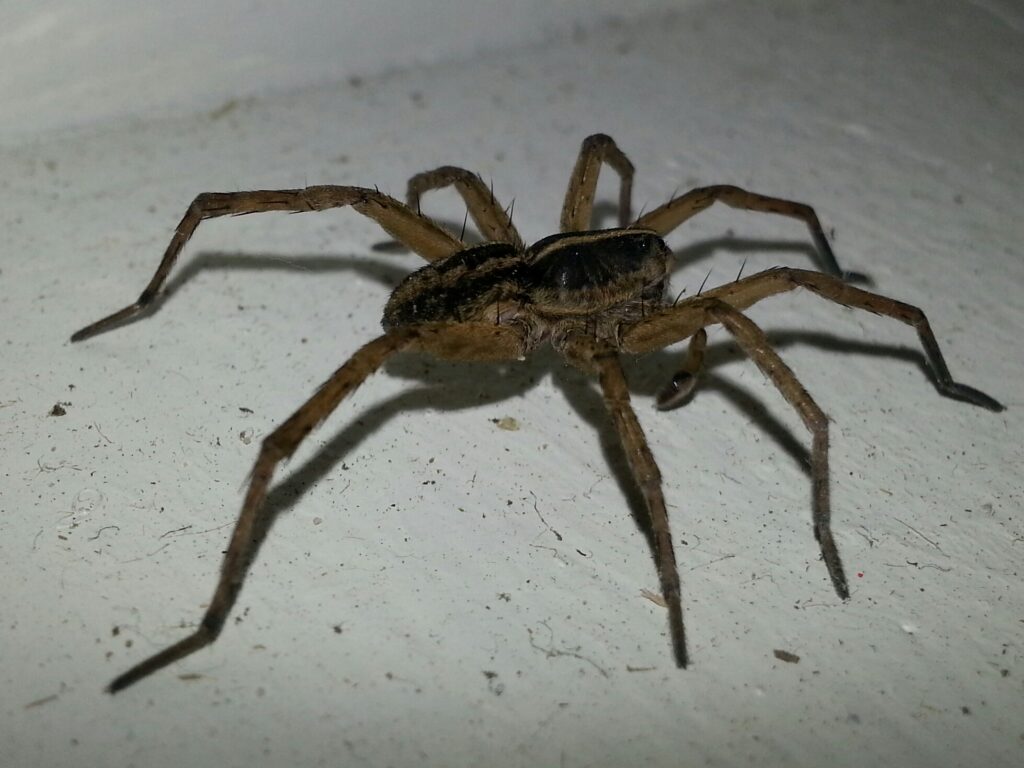 When it comes to safeguarding our beloved pets, understanding the threats posed by ticks is crucial. These tiny parasites can latch onto your furry friends, causing significant health concerns.
Fully embedded ticks on dogs are not just uncomfortable for your pets—they can also carry serious diseases. One of the most notable threats is Lyme disease, transmitted by certain types of ticks. Knowing what ticks carry Lyme disease can help you take proactive steps to protect your pets.
This article from our Truly Nolen professionals in Toronto provides expert insights on effective pest control measures, ensuring your pets stay healthy and tick-free while addressing any concerns you may have about their safety and well-being. Through a combination of professional advice and reliable solutions, we aim to create a safer environment for your pets, offering peace of mind for every Toronto homeowner.
When it comes to safeguarding our beloved pets, understanding the threats posed by ticks is crucial. These tiny parasites can latch onto your furry friends, causing significant health concerns.
Fully embedded ticks on dogs are not just uncomfortable for your pets—they can also carry serious diseases. One of the most notable threats is Lyme disease, transmitted by certain types of ticks. Knowing what ticks carry Lyme disease can help you take proactive steps to protect your pets.
This article from our Truly Nolen professionals in Toronto provides expert insights on effective pest control measures, ensuring your pets stay healthy and tick-free while addressing any concerns you may have about their safety and well-being. Through a combination of professional advice and reliable solutions, we aim to create a safer environment for your pets, offering peace of mind for every Toronto homeowner.
What Ticks Carry Lyme Disease
In Toronto and surrounding areas, the primary culprit for carrying Lyme disease is the black-legged tick, also known as Ixodes Scapularis or the deer tick. These ticks thrive in wooded areas, tall grasses, and leaf litter, making it imperative for pet owners to be vigilant during outdoor activities. While adult female deer ticks are most commonly associated with Lyme disease transmission, all stages of the tick's lifecycle—from larvae to nymphs and adults—pose a risk. Regularly checking your pets after they’ve been outside and keeping your yard well-maintained can significantly reduce the likelihood of tick encounters. Additionally, using veterinarian-recommended tick preventatives can offer an extra layer of protection against these harmful pests. Understanding the lifecycle and habitats of these ticks will empower you to take proactive measures, ensuring your pets remain safe and healthy. Ticks go through four life stages: egg, larva, nymph, and adult. The larvae hatch from eggs laid in the environment and then seek out small mammals or birds to feed on. After feeding, they moult into nymphs, which are particularly dangerous due to their small size, making them harder to detect. Nymphs then mature into adults, which are more easily visible but equally capable of transmitting Lyme disease. Prevention strategies should include maintaining short grass in your yard, removing leaf litter, and creating tick-free zones by placing wood chips or gravel between lawns and wooded areas. Pet owners should also consider tick collars, topical treatments, or oral medications that are specifically formulated to repel and kill ticks. By being informed and vigilant, you can greatly reduce the risk of Lyme disease for both you and your furry friends.Why Professional Pest Control is Essential
Ticks thrive in environments with tall grass, dense vegetation, and wooded areas. They are particularly active during warmer months but can pose a threat year-round. Understanding their behaviour and habitats can help you take proactive measures to protect your pets. Ticks wait in grassy or bushy areas, latching onto hosts as they pass by. Once on a host, they find a suitable spot to embed fully and begin feeding. Common areas where ticks attach to pets include around the ears, neck, and between the toes. Regularly checking your pets after outdoor activities can help spot ticks before they pose a greater risk. While it might be tempting to handle tick removal on your own, it's important to recognize the benefits of professional pest control services. At Truly Nolen, we specialize in pest control solutions that not only eliminate them but also ensure they don't return. Here's why choosing a professional service is a wise decision:- Expertise and Knowledge: Our team of pest control experts is trained to identify and effectively treat infestations. We use advanced techniques and tools that are beyond the reach of standard DIY methods.
- Safety and Efficiency: Professional pest control ensures the safety of your pets and family. DIY methods can sometimes lead to incomplete removal or even harm if not done correctly. Our treatments are designed to be safe, efficient, and environmentally friendly.
- Long-term Prevention: Beyond just removing ticks, we focus on long-term prevention. Our services include thorough inspections and treatments that target tick habitats, reducing the chances of future infestations.


